More than three years after announcing plans to defer logging of old-growth forests, the British Columbia government continues talking with many individual Indigenous nations about whether or not to move ahead with the deferrals proposed on their territories.
“The political decision was made, straight from the premier’s office, that we are not going to move with these unless we get First Nations’ agreement,” said Garry Merkel, a professional forester for 45 years and a Tahltan Nation member.
There are more than 200 Indigenous nations in the province, and there’s forestry happening on the territories of well over three-quarters of them.
Merkel said that while some nations have said yes or no to proposed deferrals, most are still talking and are yet to give the government a final answer.
That ongoing process underlies a recently publicized map, Merkel said.
In a story published by The Tyee and covered by other media, Ben Parfitt, a resource policy analyst at the Canadian Centre for Policy Alternatives' B.C. office, argued the password-protected government mapping data he’d been leaked showed a “betrayal in the making” as the province added areas with small trees to the deferrals and freed up the biggest and best trees for logging.
The report’s premise was simply wrong, said Merkel. “That’s just not what happened at all.”
Merkel, who remains a consultant to the Ministry of Forests, has been involved in NDP government efforts to reform forest management since the process started. He and another professional forester, Al Gorley, were the co-authors of the 2020 report “A New Future for Old Forests: A Strategic Review of How British Columbia Manages for Old Forests Within Its Ancient Ecosystems.”
In their report for the province, Merkel and Gorley made 14 recommendations that would completely overhaul the management of old-growth forests, starting with grounding the system in a government-to-government framework involving both the provincial and Indigenous governments.
One recommendation said: “Until a new strategy is implemented, defer development in old forests where ecosystems are at very high risk of irreversible biodiversity loss.”
To Merkel and others, the pause was the bare minimum needed to protect the oldest and best remaining forests while a wider change to land management was made. “Old growth is a bit of the tip of the iceberg,” he said. “We are fundamentally changing how we look after land in this province at a very transformative level. Old growth is the symptom of the problem.”
To identify those areas most at risk, the government appointed a five-member technical advisory panel in June 2021 that included Merkel and independent forest scientists. Later that year the government released maps based on their work.
To be considered old growth in B.C., a forest on the coast would have trees at least 250 years old, and in the Interior at least 140 years old.
According to the province, out of the 25 million hectares of old forest that existed historically, 11.1 million hectares of old growth remained in 2021. That included 6.2 million hectares of what the panel called “big-tree old growth,” 800,000 hectares of “rare old growth” and 600,000 hectares of “ancient old growth.”
The panel recommended deferring logging of 1.7 million hectares of the big-tree old growth and about two-thirds of the rare and ancient old growth. Another 2.6 million hectares of old growth in those categories was already protected.
However, agreement from First Nations was key, the province said at the time.
It asked each affected nation to indicate within 30 days “whether or not they support the deferrals, require further engagement to incorporate local and Indigenous knowledge, or would prefer to discuss deferrals through existing treaties, agreements and other constructive arrangements.”
Nations did not at that point have to give a definitive yes or no but were asked for an initial response on how they would like to proceed.
Some observers didn’t like that areas remained open for logging by default, an approach they said gave precedence to the status quo, but according to Merkel, the government that had recently passed the Declaration on the Rights of Indigenous Peoples Act wasn’t going to make such a significant change of direction unilaterally.
The map that the CCPA recently made public — and that the ministry subsequently removed from its website — reflects the current state of that process, according to Merkel and others who have been involved.
Parfitt reported that the map indicated “supported OG harvest deferrals.” He noted that OG stands for old growth and that “harvest is the ministry’s euphemism for logging” but said it was unclear who the supporting party or parties were. “It seems clear that logging companies were consulted by the ministry or, at the very least, kept front of mind,” the story said.
In an email, Parfitt said he stands by his general conclusions about how the changes to the map benefited parties that want to log, some of which are First Nations, but regretted not putting questions to the ministry about the map or mentioning in the story that the government had referred the proposed deferrals to First Nations.
Media outlets that sought comment from the ministry received a statement from Forests Minister Bruce Ralston saying the data in the Parfitt story confirmed what ministry officials had been saying throughout the process.
“We’ve been clear that while some First Nations support [deferrals proposed by the panel], others have said that based on their expertise, alternative old growth land... should be deferred instead,” the Canadian Press quoted Ralston saying. “Some First Nations don’t support proposed deferrals and prefer to continue forestry activity in their territory.”
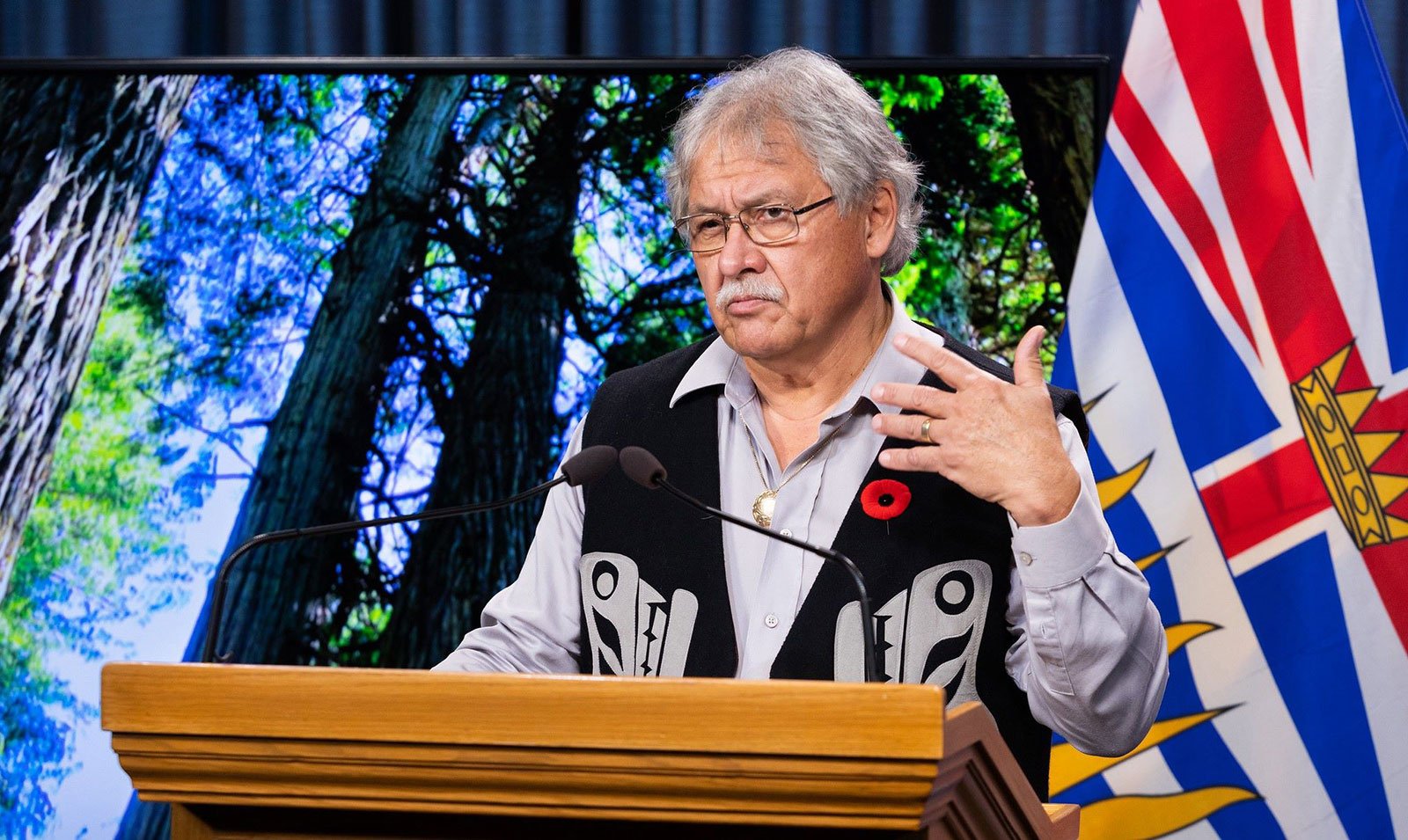
Merkel said it was frustrating to see the map presented the way it was on The Tyee as if there were some conspiracy to do the industry’s bidding. “It was very clear these are areas where there still isn’t agreement,” he said. “They haven’t been removed.”
Very few nations have said no outright to the deferrals, he said, though he added he was “flabbergasted” that the Tahltan Nation he comes from is one that has. “Some [nations] disagreed, and as governments they are going to have to be accountable for their decisions.”
Merkel said he expects the province will give a chance to reconsider to those nations — some of which he thinks have leadership that is out of step with their members — then will soon make public which ones have declined the deferrals. “With authority comes accountability,” he said.
On a web page last updated March 18, 2024, the province says that over 2.42 million hectares of old growth has been deferred or protected since November 2021.
While it lists some specific areas where First Nations have agreed to deferrals, it also says, “Maps of supported deferrals are not being shared publicly at this time to respect the ongoing government-to-government discussions with First Nations rights and titleholders.”
A Ministry of Forests spokesperson clarified that the areas protected or temporarily deferred include 1.23 million hectares identified by the technical advisory panel, or about half of their recommendations, plus another 1.21 million hectares identified by First Nations.
The environmental group Stand.earth’s Forest Eye website — which uses satellite imagery, remote sensing and government data to detect logging and road building — documents the logging of 13,650 hectares, or about 0.53 per cent, of the 2.6 million hectares of old-growth forests that the technical advisory panel proposed for deferral.
The Ministry of Forests' figure is slightly higher. Based on its own satellite imagery, it says 20,500 hectares that the panel recommended for deferral had been logged by last June.
Many First Nations agreed with the deferrals on their territory right away, said Merkel. Others said no at first but changed their mind as they learned more about what was proposed and what it meant. There are also areas on the map that have been added to deferrals at the request of individual First Nations as the details get fine-tuned with local knowledge, he said.
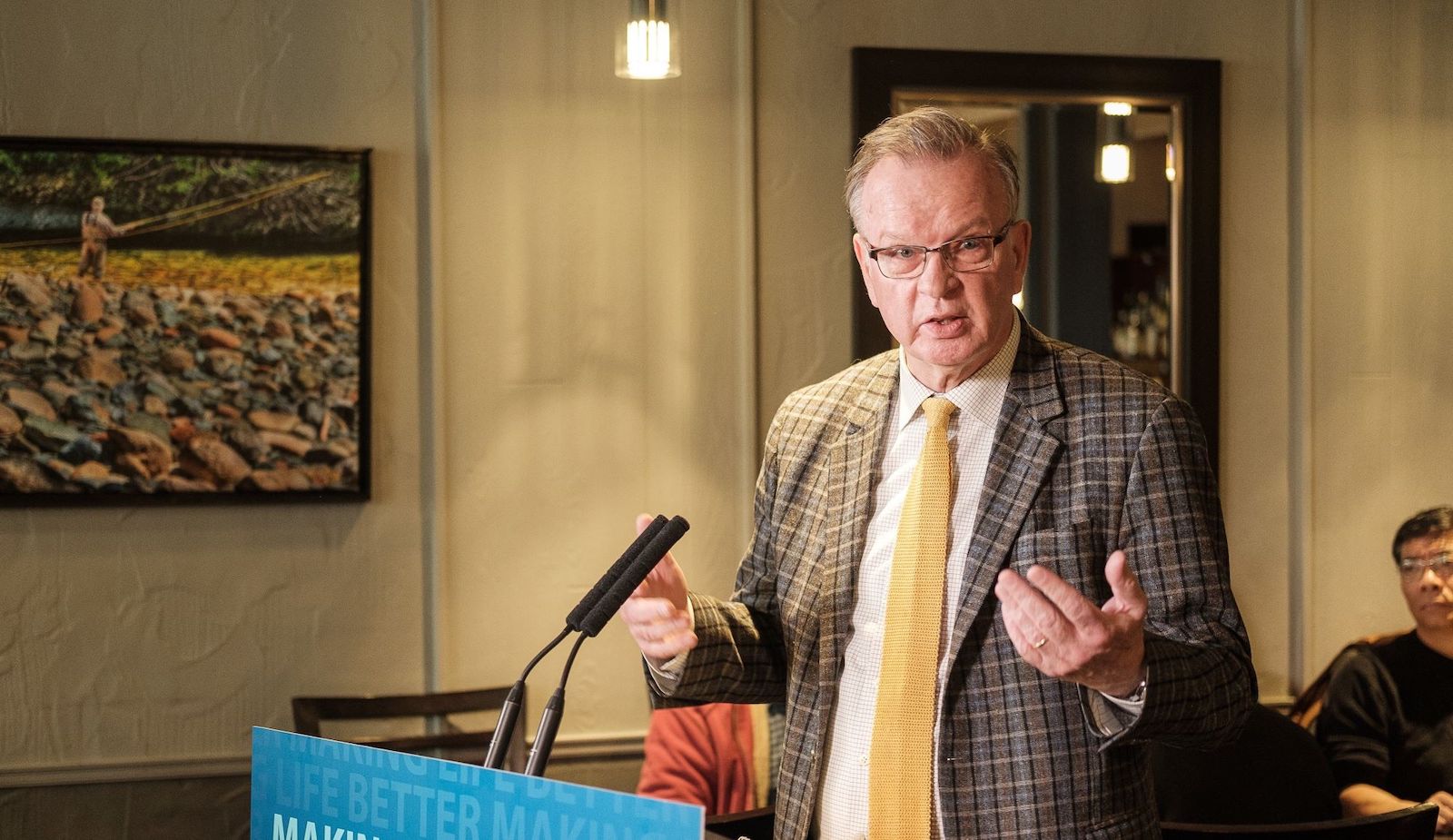
On the government’s map that the CCPA obtained, there are significant amounts of blue indicating areas that have been added on western Vancouver Island, on the central coast, on Haida Gwaii and in the northeast. There are also splashes of red through the Kootenays, central Interior and northwest marking areas where First Nations have either rejected the deferrals or are still talking about them.
A ministry spokesperson did not provide details of which First Nations have rejected or agreed to deferrals, but said that discussions are ongoing with 70 per cent of nations and have concluded with just 16 per cent. Another nine per cent doesn't have old growth in their territories.*
In places where the discussion continues and nations haven’t made a decision on deferrals, there’s been an informal agreement between the provincial government and companies that the companies won’t apply for permits to log, Merkel said. With few exceptions, he said, “almost all companies have agreed with that.”
The government is committed to working with undecided nations going through the process and to not release information until there’s a resolution, he said, an approach that would be normal in those kinds of negotiations.
Part of the delay is that some nations are better prepared to respond than others. “Everybody’s at different stages of readiness,” Merkel said, adding that many have limited resources and are also dealing with housing, drought, social issues and other matters. “This kind of thing kind of comes low on their list, especially if they don’t have any land management infrastructure.”
The CCPA’s story and analysis has set the process back, Merkel said. “When First Nations see these maps, they’re pissed right now.” Even though the story's conclusion that the government had decided against the deferrals was incorrect, it left some First Nations questioning whether they can trust the government to respect their decisions and whether talks are likely to be worth the effort.
Deferral adviser slams lack of progress on ‘simple things’
Rachel Holt, a conservation biologist who participated on the technical advisory panel that recommended the deferral areas, said that despite all the talk about improving forest management, virtually nothing has so far changed on the ground.
“The province has not taken their own responsibility to make sure the deferrals are effectively implemented,” Holt said, adding that the deferrals are a starting point and only a tiny part of the transition that’s needed.
Holt questioned whether there are in fact informal agreements not to log in proposed deferral areas and said there have been recent reports in the media and on Stand.earth’s website of irreplaceable old growth getting logged in some of those areas.
“There’s no intermediate ‘semi-deferred’ to my understanding at all,” said Holt. “They’re either deferred or they’re not.”
The lack of conservation financing is also a serious gap, she said, adding that First Nations need practical options to develop economic opportunities so they can refuse logging on their territories. “I believe people are working on it, but where is it?”
The federal government, B.C. and the First Nations Leadership Council last year signed an agreement that included $1 billion in funding to support plans to protect 30 per cent of the province by 2030, but it remains unclear how and when that money will be distributed.
The overarching problem, Holt said, is that the rate of logging has been too high for too long, and there’s been too little attention to other values including biodiversity and carbon storage. “We need to go back to creating resilient forests,” Holt said. “I am more hopeful than I’ve been for the last 30 years, but I’m also really concerned about the lack of movement forward on these simple things.”
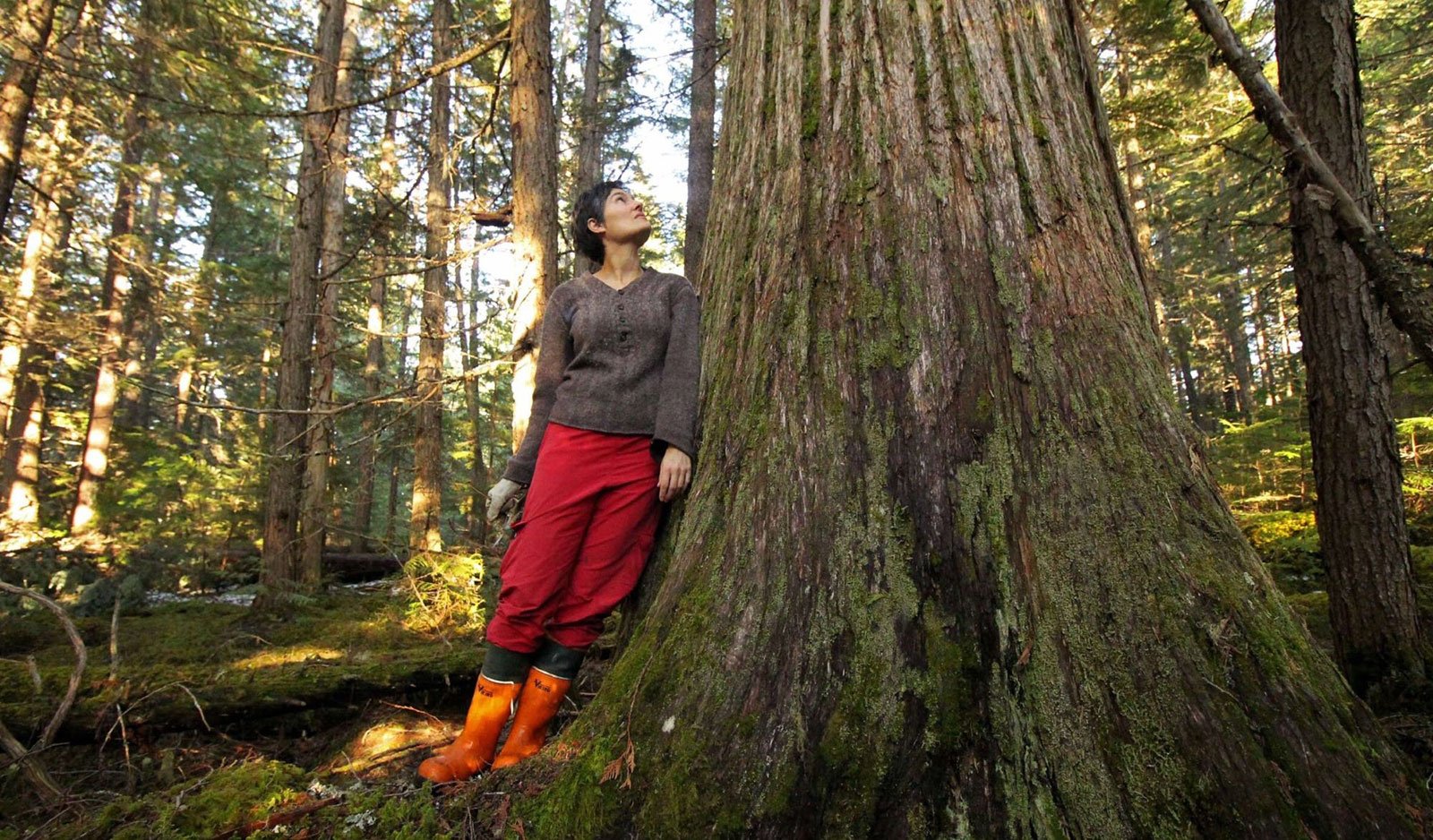
The Ministry of Forests seems to be struggling to keep up with the shifting political direction, said Dallas Smith, president of the Nanwakolas Council board. The council provides services, including land-use planning, to member nations on eastern Vancouver Island and the mid-coast.
The situation is chaotic enough that companies can use it to keep logging, Smith said, adding that he has seen examples of that happening as discussion continues about areas the technical advisory panel recommended for deferral and that Nanwakolas member nations would like to see deferred.
It’s left up to First Nations to monitor and police what’s happening on their territories because the government has failed to commit the resources to enforce its own policies, he said.
The technical advisory panel process was flawed from the beginning when it was “just sort of sprung on” First Nations, he said, and it still hasn’t delivered results where people can see forest management is being done in a better way.
Blaming First Nations for slowing down the shift is unfair, said Smith, who will speak next week as part of a panel at the Council of Forest Industries convention in Vancouver. “I think the relationship and reconciliation has clouded how they’re making decisions around forest management,” he said. “Status quo tends to benefit the companies a lot more than anybody else.”
Michelle Connolly is the director of Conservation North, an organization that advocates protecting the northern Interior’s old-growth and primary forests. Parfitt quoted her saying the map of supported deferrals showed “sabotage,” blaming the Forests Ministry, and warning that Minister Ralston and Premier David Eby are in danger of betraying the public trust.
After hearing the explanation for the delay, her perspective remains the same, she said. “The B.C. government should have demonstrated leadership by permanently protecting all rare old growth and compensating First Nations for the loss of those logging revenues. Now nations are forced to make hard choices while the B.C. government hides behind them.”
Vicky Husband, a longtime conservationist and Order of Canada appointee, was quoted in Parfitt’s story saying the “ministry’s backroom dealings are a breach of public trust.”
Reached last week, Husband said nobody should be cutting down ancient forests in an era of climate disasters with increased damage from floods and wildfires. “We’re on the edge of a precipice, but that isn’t thought about in the upper echelons of the Forests Ministry.”
The paradigm shift that Merkel and the government talk about is coming much too slowly, she said, adding that a tiny amount of the province’s ancient forests is left. “The problem is we don’t have time. It’s coming very close to the end of the line.”
* Story updated on April 4 at 2:18 p.m. to include details from a ministry spokesperson received after publication time. ![]()
Read more: Indigenous, Labour + Industry, BC Politics, Environment




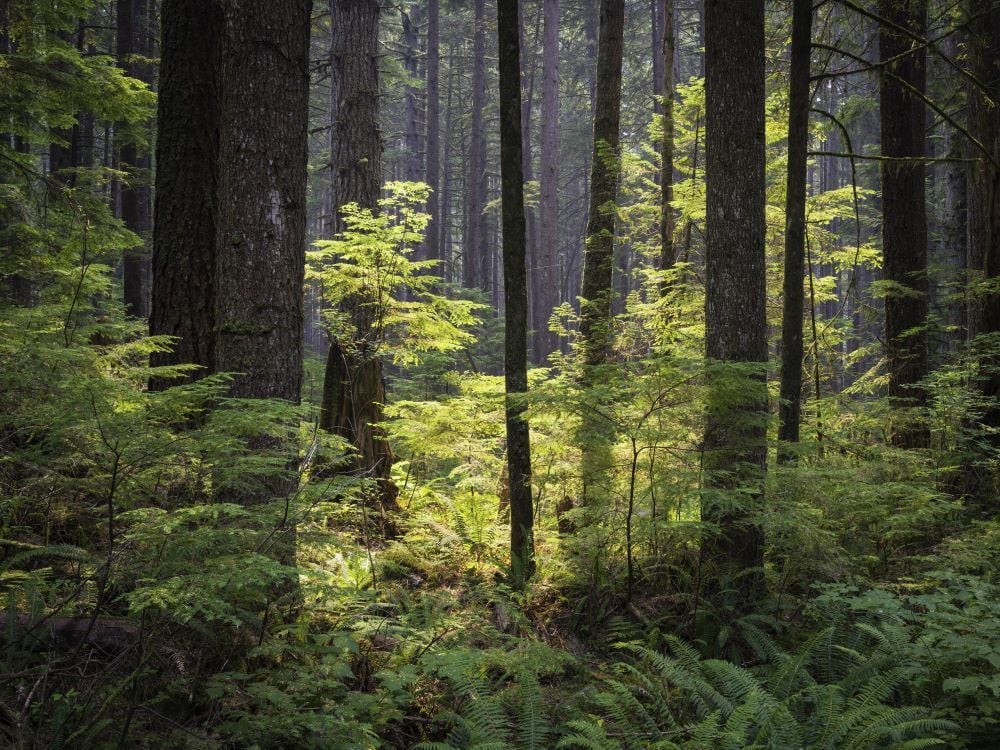
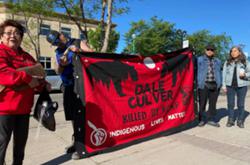
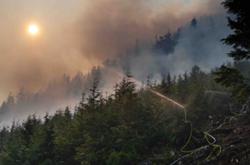
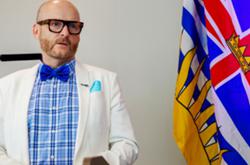





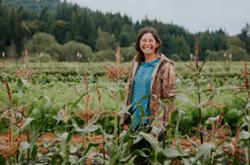
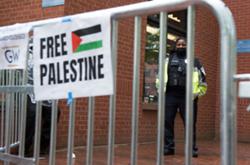


Tyee Commenting Guidelines
Comments that violate guidelines risk being deleted, and violations may result in a temporary or permanent user ban. Maintain the spirit of good conversation to stay in the discussion and be patient with moderators. Comments are reviewed regularly but not in real time.
Do:
Do not: